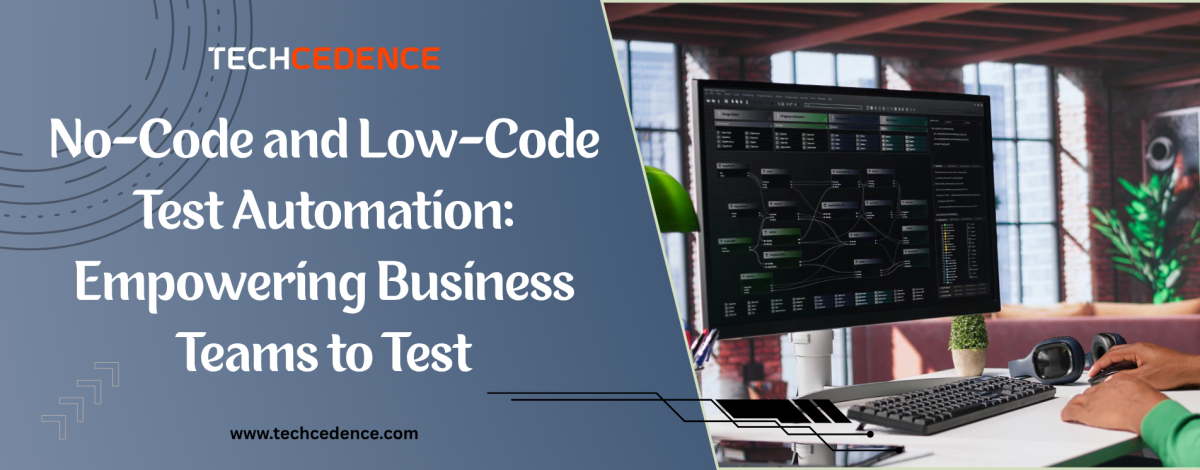Every organization, whether it’s a manufacturing plant with machinery or a service firm with office equipment and vehicles, must deal with the situation of depreciation. As assets become older, there is a degradation in value, and the organization needs to properly account for such changes to provide accurate financial records and comply with other reporting requirements. Accounting for depreciation has been a manual function for accounting and finance departments, and it may involve numerous manual calculations and spreadsheets, which often reduces accuracy and can lead to suboptimal or delayed reporting.
In the ever-evolving business, where decision-making depends in real time on indicators, and performance can be regulated by AI and machine learning, manual methods are no longer justifiable. Automating depreciation provides organizations with a nicer and simpler environment for managing their assets’ lifecycle. It provides accuracy, cuts down on administrative work, and gives the finance team back time to do strategic work rather than number substantiation.
The Challenge of Manual Depreciation
Manual management of depreciation usually causes more problems than it solves. Spreadsheet and legacy depreciation management can’t keep pace with the increasing number of assets that organizations manage today. The following are common problems that arise when managing depreciation manually:
Human error – A simple error in calculation has a multiplying effect that can eventually lead to incorrect financial statements and even compliance risk.
Time-consuming – Finance teams spend hours updating depreciation schedules when they could spend that time working on value-added tasks.
Lack of visibility – Manual records lack the ability to identify the current value of assets in different departments or locations.
Compliance risk – Various accounting standards, including GAAP and IFRS, specify particular methods for depreciation, making it challenging for finance teams to maintain consistency when handling depreciation by hand.
These problems lead to a higher administrative burden and less confidence in financial reporting. Organizations spend more time managing depreciation than managing for the future.
How Automation Transforms Depreciation Management
The manual process of depreciating long-lived assets is more complex. Digital solutions allow organizations to automate the entire depreciation process from acquisition to disposal, removing guesswork and increasing accuracy. Here are the advantages of automated depreciation, specifically:
Accurate calculations – Automated systems apply a consistent method of depreciation (straight-line, declining balance, etc.) across all assets.
Time savings- Activities that take hours to complete in spreadsheets are now reduced to minutes, releasing finance teams to focus on strategic decisions.
Real-time information – Automated systems provide the finance department with constant valuation updates on assets, providing management with clarity on current net book values.
Compliance – Automated systems can be established to adhere to accounting standards and produce reports that are entirely ready for auditing.
Scalability- Automated systems can also scale as the business grows, with systems capable of handling thousands of assets without increasing complexity.
Key Benefits of Smarter Depreciation Automation
Benefits of Automation in Depreciation Management include measurable business benefits that extend beyond accounting accuracy. Some of the most significant benefits are:
Accuracy with Financials – Eliminating manual inputs ensures businesses don’t make calculation errors in financial statements.
Visibility for Decision-making – Having access to real-time valuations of assets improves visibility to inform when to reinvest, replace, or retire equipment.
Regulatory Compliance – Automated tracking protects the firm from regulatory breaches by ensuring depreciation schedules comply with accounting standards and tax compliance regulations.
Cost Savings – Less manual effort reduces administrative burden, and allows faster financial closings.
Simplified Audits – Detailed and system-generated reports allow auditors to easily verify records of fixed assets, decreasing the time and cost of the audit.
Future Proofing– Organizations will have consistency and scale without added effort as there are more changes in operations and capitalizing increasing asset base.
How TracAsset Simplifies Depreciation Automation
The simplicity in depreciation management with TracAsset comes from the combination of automation with intuitive tracking. Instead of examining through spreadsheets or tracking obsolete records, organizations gain a simple system that manages all aspects of an asset’s lifecycle.
Automated Depreciation Schedules – TracAsset automatically applies the right depreciation methods and schedules according to asset type, category, and useful life, maximizing consistency and accuracy.
Lifecycle – All assets are tracked from acquisition to disposal with real-time updates on depreciation values to reflect the current status of the asset.
Asset Visibility – Managers and finance teams use one dashboard to quantify depreciation information together with the health of the asset, maintenance history, and usage trends.
Audit-Ready Reporting – TracAsset’s logging mechanism provides a comprehensive audit trail for the assets and automatically generates reports, simplifying compliance and reducing the burden of audit preparation.
By embedding depreciation into a greater asset management concept, TracAsset saves time and enhances financial accuracy and transparency.
Conclusion
Managing depreciation properly is more than just an accounting function, it is a critical element of making informed operational and financial decisions. When depreciation is managed manually, there are opportunities for gaps or errors that can create inefficiencies that can hinder your business. Automated depreciation, as available through TracAsset, offers a new approach for this critical business function to be achieved in a streamlined, transparent, and reliable way.
TracAsset provides organizations with real-time updates, customizable rules, and audit-ready reporting, so they can not only meet compliance requirements but also gain better insights into the lifecycle of assets. It will allow for better financial planning, lower risk, and better overall efficiency.









